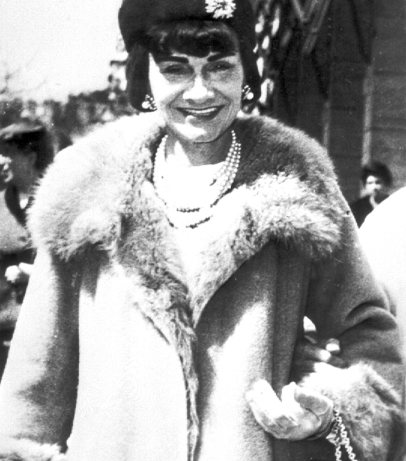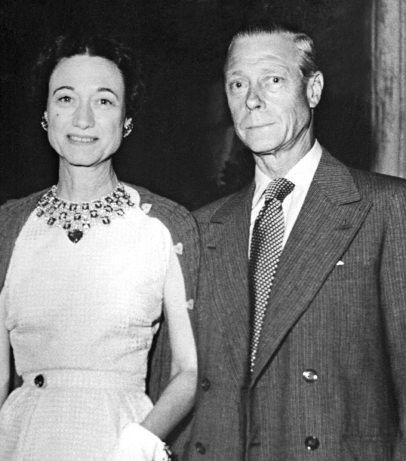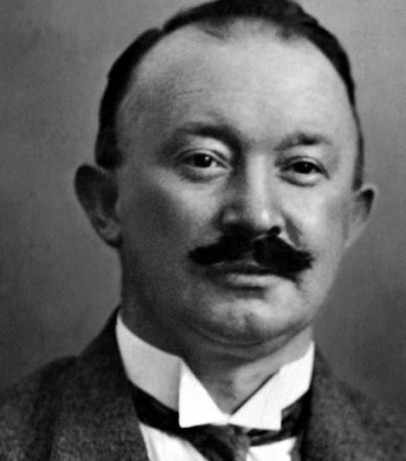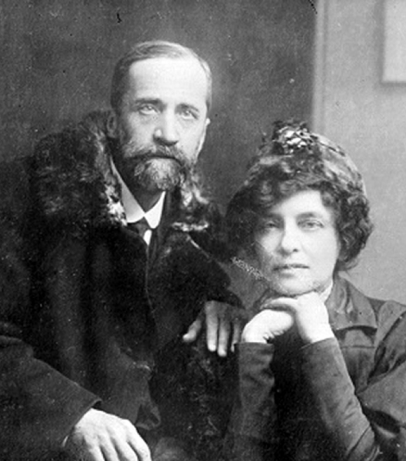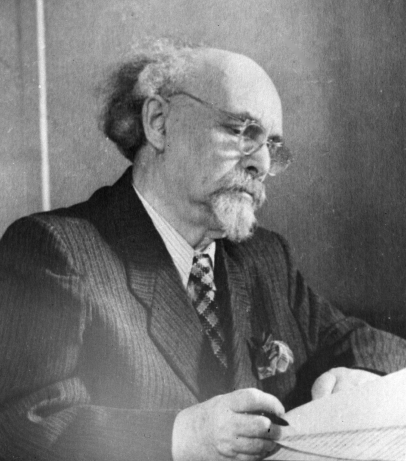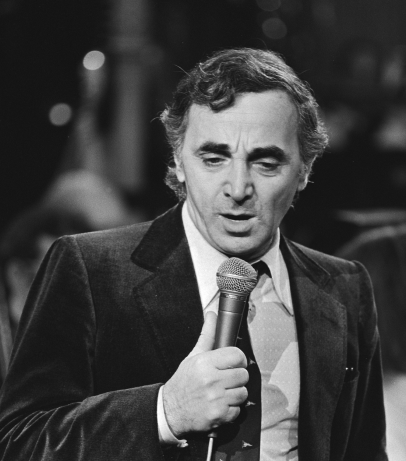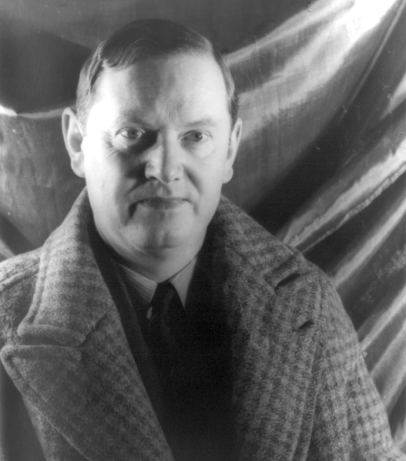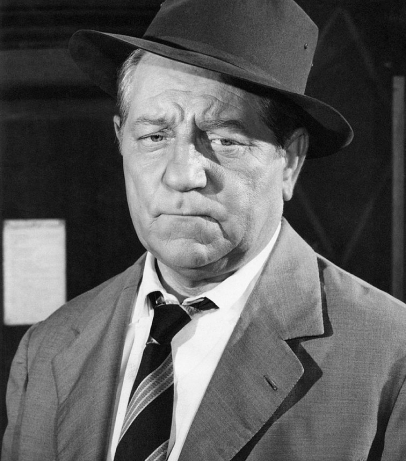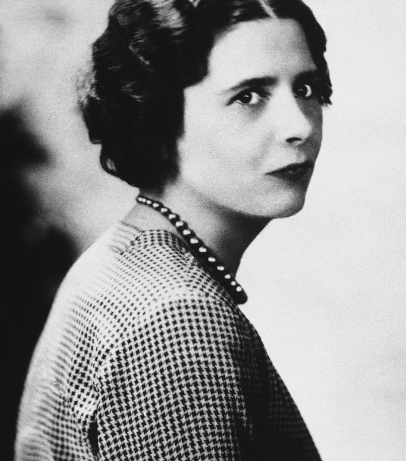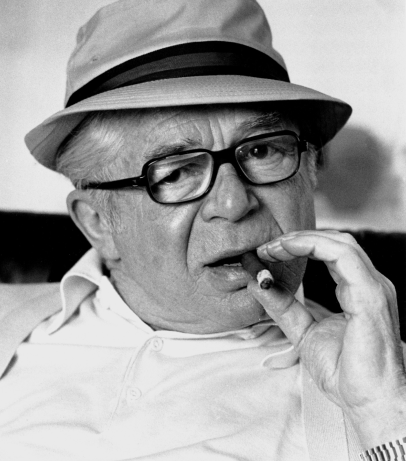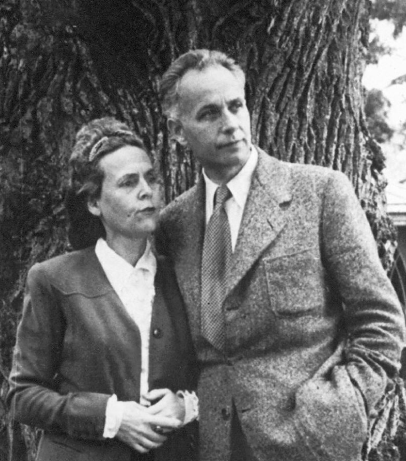On 5 September 1946, the largest fall in stocks since 1929 took place on the New York Stock Exchange. It was called the “Post-War Collapse”. On that day, the stock market collapsed, triggering a further rise in unemployment and reduction in industrial production.
The crisis was caused by the end of the war and the need to reorient the economy towards peacetime realities. The Lend-Lease policy and military orders that once brought in stable and large incomes to several sectors of the economy were over.
Against this backdrop, many companies went bankrupt again, and the stock market crisis continued to affect the economy for several years. By 1948, more than 4,500 businesses and firms had closed, and 6 million Americans were unemployed.
Source:
Bernice Cohen. The Edge of Chaos: Financial Booms, Bubbles, Crashes and Chaos. — Wiley, 2002.








